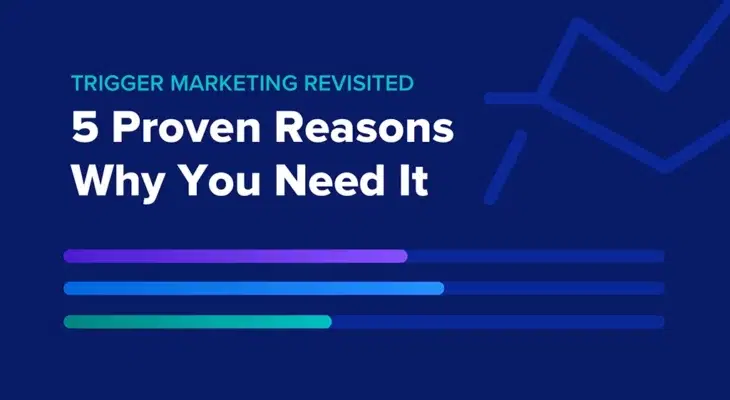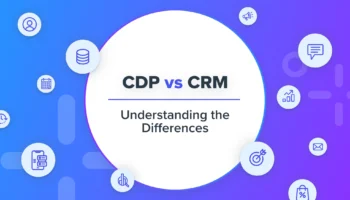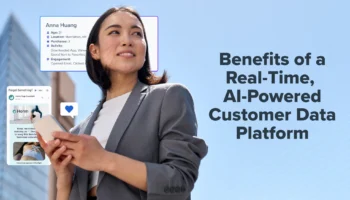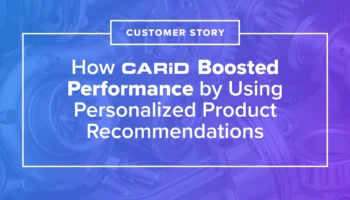Every few years the team here at Blueshift likes to take the pulse of triggered marketing. It’s at the core of what we do, we’re invested in determining the value it can bring to marketers, how it can be improved, and much more. As we rolled into 2020, we decided it was time to measure exactly how triggers are impacting multi-channel marketing campaigns today.
To understand how triggered messages are performing and how they affect business outcomes, we analyzed nearly 15 billion messages across email and mobile push. This research has allowed us to gain a better understanding of how triggers, AI, and multi-channel marketing strategies influence core engagement metrics across over 12 different industries including eCommerce, Consumer Finance, Healthcare, Media, Education, and more. In short, triggered messaging is still one of the most effective ways to improve engagement, and here are the top 5 reasons why.



